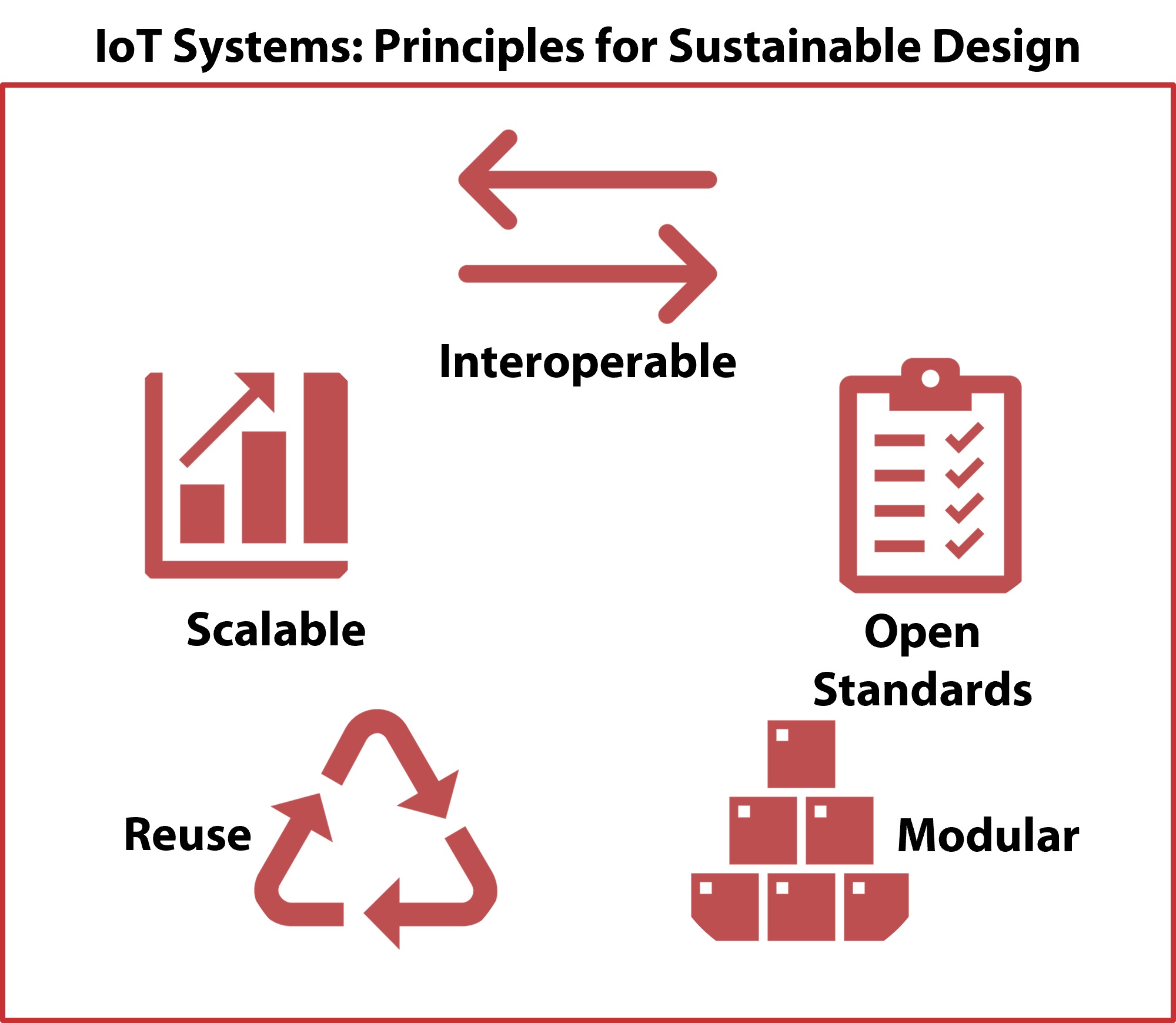oneM2M publishes whitepaper on IoT and sustainability to promote responsible design principles

oneM2M has announced the release of its whitepaper on IoT sustainability. Co-written by diverse industrial stakeholders, it describes the sustainability landscape, surveys potential demand for sustainability solutions and shows how different organisations are pursuing sustainability objectives.
It illustrates the potential of IoT systems, while identifying a set of design principles for achieving sustainability goals more consistently across different industries. These principles emphasize the value of designing for interoperability, modularity, re-use, and scalability. Aided by the use of open standards, these principles can broaden adoption, trigger innovative uses of IoT for sustainability, and deliver affordability through economies of scale.
According to studies by Climate Watch and the World Resources Institute, greenhouse gas emissions of around 50 billion tonnes annually are one measure of the environmental aspects of sustainability. Almost three quarters of this total is due to fuel emissions in the transportation sector and energy consumption in industrial processes and residential and commercial buildings. IoT for industrial systems, smart buildings, smart cities, and intelligent transportation systems map to the main contributors of GHG emissions.
There are other aspects to sustainability in the form of governance models and social equity. Business leaders and politicians are responding to the different sustainability challenges through a mix of policy interventions, new reporting frameworks, circular-economy strategies, and technological solutions. A common theme is the use of information to improve decision making and to make better use of resources.
In this regard, mobile networks and IoT technologies are among the topmost candidates for enabling sustainability. Moreover, four IoT capabilities remote connectivity, low-power and low-cost devices, IoT data and, cross-silo applications can help organisations to manage their environmental footprint and to tackle different facets of the UN’s Sustainability Development Goals.

In keeping with oneM2M’s inclusive approach to standardisation, organisations from different parts of the industry ecosystem and across the world contributed to this whitepaper. They include ADVA Optical Networking, the Alliance for Internet of Things Innovation (AIOTI), Centre for Development of Telematics (India), Convida Wireless, Deutsche Telekom, Huawei, More-with-Mobile, Orange and Tata Consultancy Services (TCS).
Dale Seed, vice-chair of oneM2M’s Technical Plenary, convenor of oneM2M’s sustainability initiative, and a representative of Convida Wireless, notes that “This whitepaper contains an informative collection of ideas on an important topic from a diverse set of companies and stakeholders taking part in the oneM2M sustainability initiative. Our intention is to inform commercial, policy, sustainability and technology audiences in two ways. The first is to demonstrate how IoT technologies can help society address sustainability challenges and meet sustainability goals. The second is to encourage IoT stakeholders to apply responsible IoT system design and deployment principles.”
Building on the contributions of more than 250 members organisations, oneM2M specifications provide a framework to support end-to-end IoT systems, applications, and services. oneM2M’s horizontal architecture and technical specifications have been developed in an open and collaborative environment, with a clear governance framework. These factors facilitate trust in its specifications, cross-vendor interoperability tests and certification efforts.
Participation in oneM2M’s sustainability initiative is open to the wider technology and software services communities because IoT systems rely on partnerships among suppliers along business and operational value chains.
To access oneM2M sustainable IoT whitepaper, follow this link.
Comment on this article below or via Twitter @IoTGN
